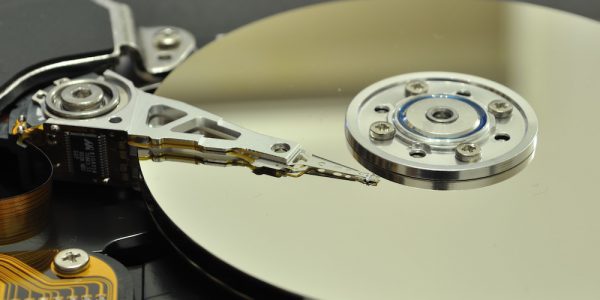

If the count is increasing, the drive may fail in the future. Click Health Info and go to History > Key Information of Drives. This was probably because of older unstable ESATA cables. Monitor whether the bad sector count is increasing. First, I tried connecting the two problematic disks using the 2 ESATA ports of the DS1515+, but the disks did never appear in the storage manager, and I saw some reset/connection errors in the dmesg log (using the linux terminal). I suspect that the disks are rejected by the DS because of some historic data. The situation: WD Red 2TB HDD in SHR without data protection. So why is Storage Manager stuck on the Critical status?īoth disks work completely fine when connected to another computer, so I believe they are physically 100% OK. Hi all, I have a DS216j that has never given me any problems, but now my hard drive is failing and I'm having trouble getting the drive backed up and replaced. I've looked in the dmesg output from the linux terminal of the DS, with no errors for the disks that cause me trouble.īut I can see in all the extended views that no errors regarding reset/reidentification/reconnection etc have occurred. I've tried secure erasing one of the disks, with no luck. The error is "Multiple reset command errors have occurred.".įrom the Storage Manager, I cannot continue and the system won't let me intialize the disk to make it part of a storage pool.
SYNOLOGY DRIVE CRASHED BUT HEALTHY INSTALL
I have bought 3 of these drives, and 1 of them works fine and is now part of my storage pool, but the other 2 gives me an error when I install them in the DS. The hard drives are brand new Seagate Exos X. Select the new drive, and then click the “Health Info” button.I am trying to install a new HDD in my DS1515+. To perform a SMART test on your new drive in your NAS box, go into Storage Manager and navigate to the HDD/SDD screen again. You find out this info by running a SMART test on the drive. Most modern hard drives are self-monitored and they will let you know if they’re failing or going to fail soon. The best way to do this is to run a SMART test. Step Three: Test the New Hard DriveĪfter you’ve installed the new hard drive to replace the old, failed one, it’s important to make sure it’s working properly before you putting it into action (because there’s always the chance of receiving a DOA drive in the mail). Of course, until you replace the drive, your NAS will continue to give you warnings, so be prepared to put up with that. For what it’s worth, though, it’s usually good practice to have a hot spare ready to go whenever something like this happens, but it’s not absolutely necessary. You can still remove the failed drive, and then worry about getting a new drive ( RMA a drive that’s still under warranty or buy a new drive if not). Initial situation: Bay 1: WD Red 4GB BTFRS Basic, NO RAID, system & apps Bay 2: WD Red 4GB BTFRS Basic, NO RAID, data, crashed for bad sectors though still mounted and readable Procedure: Replaced crashed hdd in bay 2 with new WD Gold 10GB Promoted healthy 4GB in bay 1 to. If you don’t have a spare drive, don’t worry. It started with a 'crashed' 2nd data HDD due to > 468 bad sectors and increasing.


 0 kommentar(er)
0 kommentar(er)
